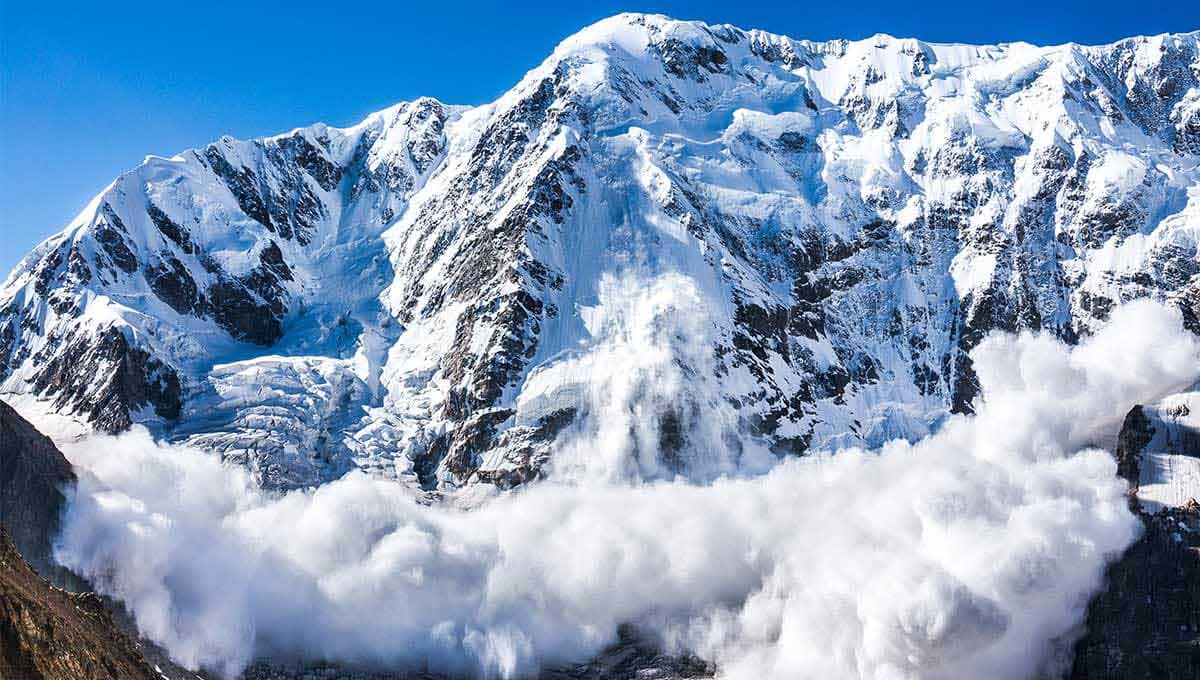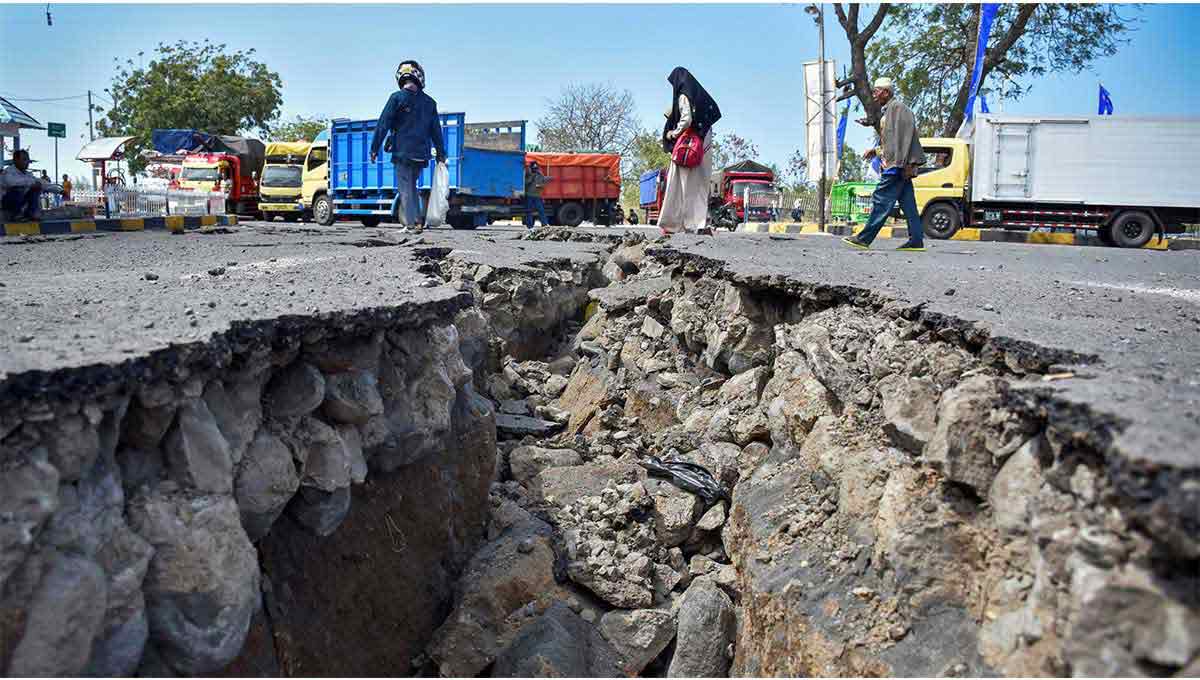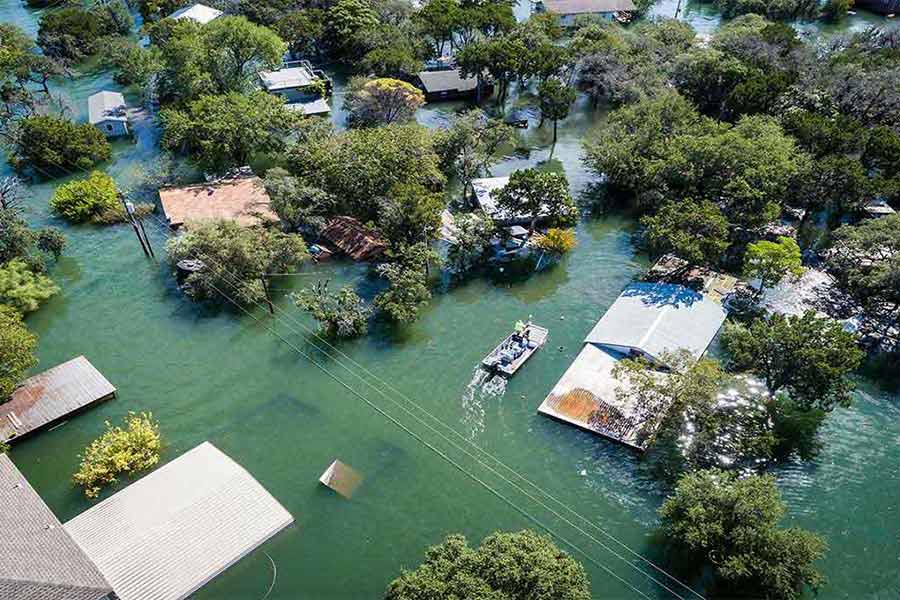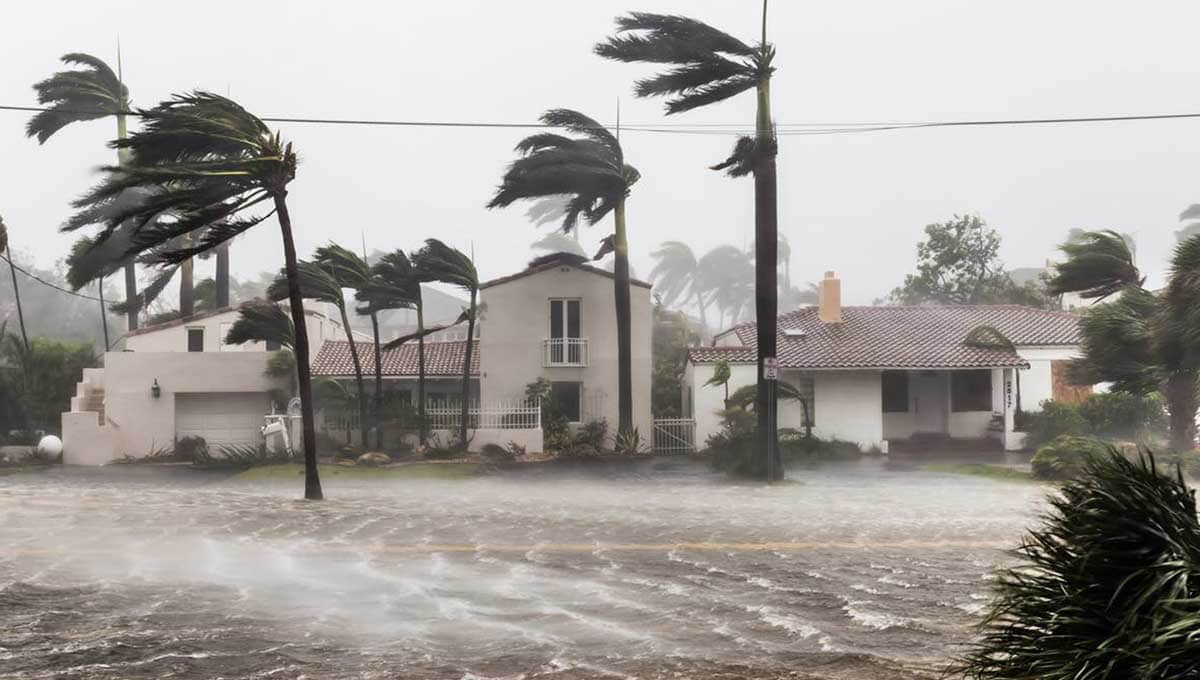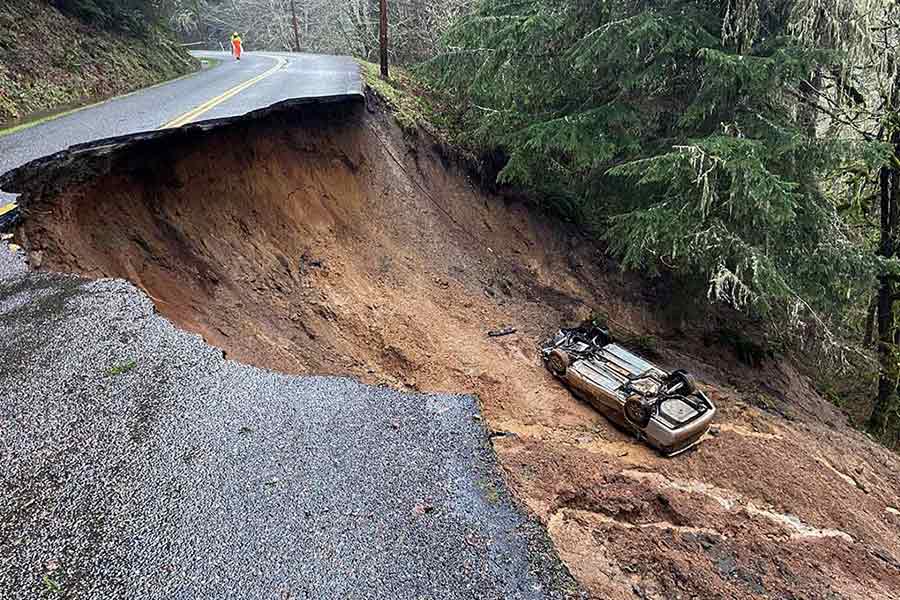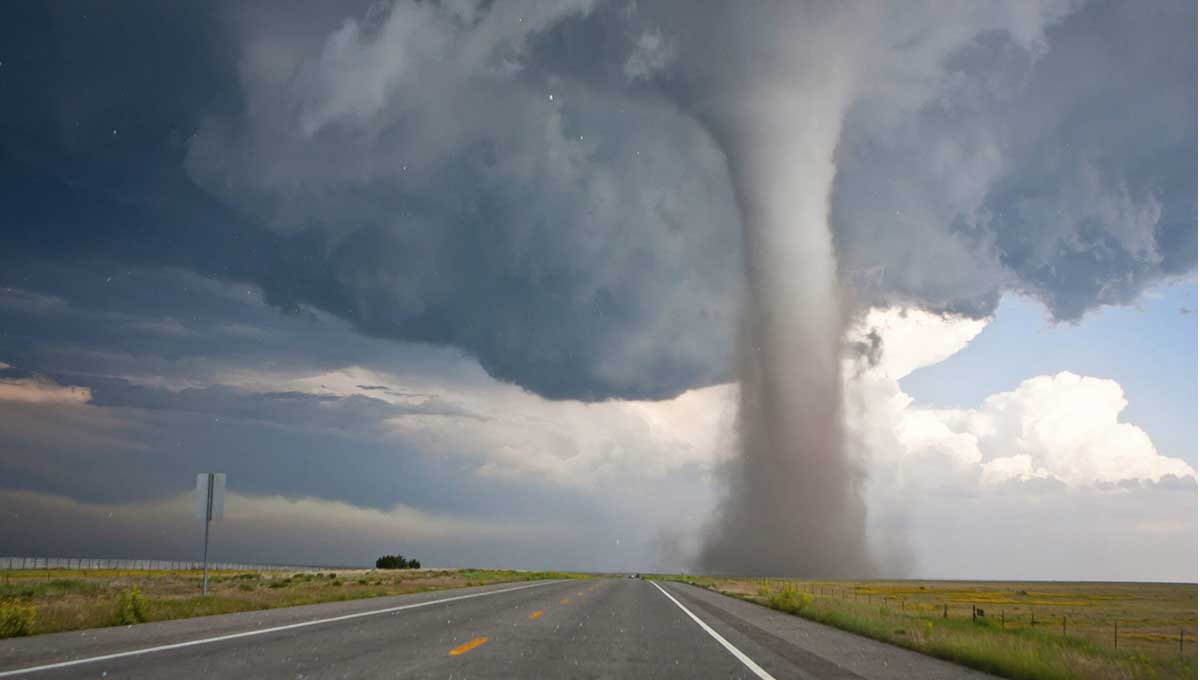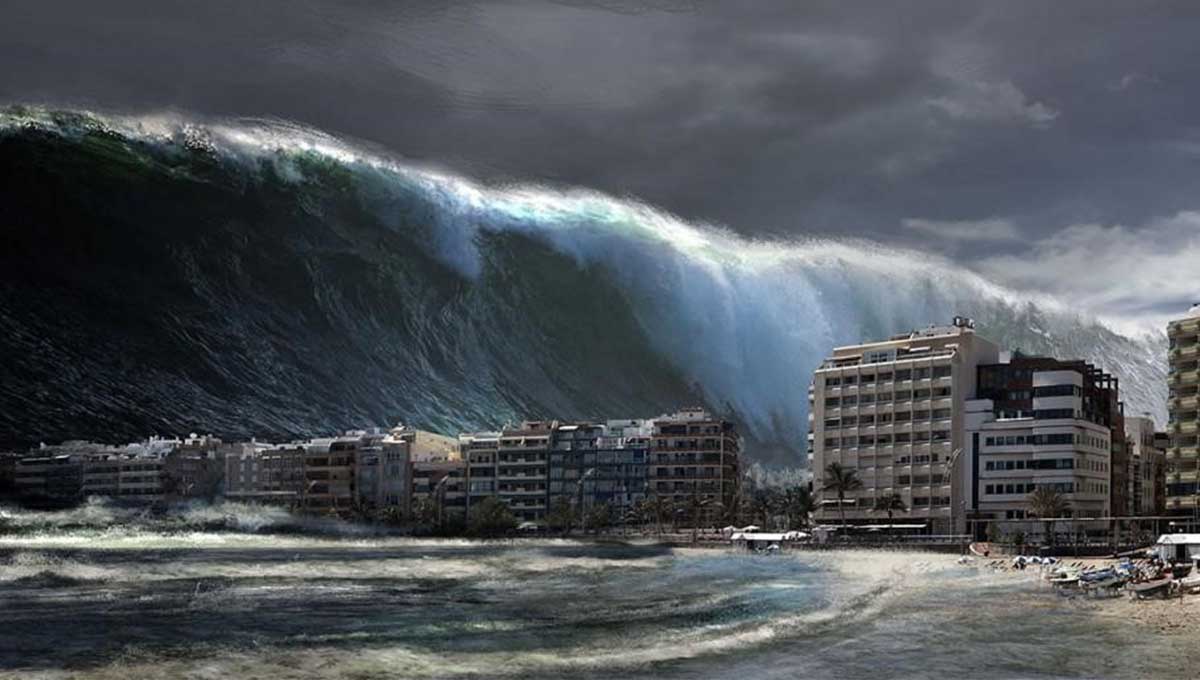Disaster preparedness is on the rise in Canada. Each day, more and more Canadians are finding out what it means to be disaster-ready.
When you hear the word disaster, you might think of natural disasters like tornadoes, hurricanes, or wildfires. In the past year, the most significant disaster affecting Canadians is one that was equally devastating.
The Covid-19 pandemic has brought the importance of disaster preparedness into sharp relief. Many Canadians have suffered the cost of being unprepared to deal with a disaster. Many more will not make that mistake again in the future.
Are you prepared for the next disaster? Keep reading for an in-depth introduction to disaster planning.
What Is Being Disaster Ready
Being disaster-ready means you have taken measures to prepare for and reduce the consequences of disasters. It involves predicting and hopefully preventing the impact of disasters.
But when prevention isn't possible, emergency preparedness involves mitigating the impact of disasters and determining the best way to respond and recover from disaster.
It is important to be aware of what disasters are likely to occur where you live. Once you've determined the most likely disasters, you need to make a plan for how to prevent, mitigate, and respond to them. It's also a good idea to practice for disasters.
Another important aspect in preparing for disaster is to have the necessary insurance coverage.
What Are the Four Types of Disasters
When it comes to protecting your home, business, or family, there are four main types of natural disaster categories that Canadians need to be aware of. These four types include disasters related to water, wind, fire, and ice.
Water
Torrential rains, hurricanes, and flooding cost Canadians, on average, $1.8 billion in damages each year. The insurance industry is calling water the new fire.
Wind
Wind speeds from windstorms such as tornadoes, thunderstorms, and hurricanes can exceed 100 miles per hour and do extensive damage to property, infrastructure, and human lives.
Fire
Wildfires are on the rise in Canada. They are unpredictable and can destroy everything in their path. Over the past ten years, wildland fire management agencies have invested between $800 million to $1.4 billion in fire prevention annually.
Ice
Harsh Canadian winters are no stranger to ice damage from hail and snowstorms. In 1998 damages from a severe ice storm in Southeastern Canada cost Canadians $3 billion and resulted in 28 deaths.
What Are the Four Stages of Disaster Preparedness
The cost of natural disasters in Canada is rising. Despite this fact, climate change adaptation in Canada has been slow to progress.
From 2010 to 2019, disaster-related damages cost Canadians $11.2 billion. To put that in perspective, the total cost in the four previous decades was $21 billion.
Disaster preparedness is key to the successful prevention and mitigation of natural and man-made disasters. These are the four stages of disaster preparedness you need to be aware of.
Prevention
Being proactive is the best way to prevent disaster.
Identify the potential hazards that could affect your home, business, and lifestyle. Then create ways to prevent these disasters from causing the most damage. Sometimes this requires putting permanent measures into place.
Strong analytical skills and problem-solving abilities are key to the prevention stage of disaster planning.
It's important to recognize that not all disasters are preventable.
Mitigation
When disasters aren't prevented, the next step is mitigation. Mitigation means minimizing damage and loss of human life.
An example of mitigation is removing trees from around your house to decrease the amount of damage caused by windstorms, tornadoes, or hurricanes.
Preparedness
Preparedness is the continuous process of planning, practicing, and organizing for disaster. It is important to create a disaster preparedness plan and then continue evaluating and revising that plan to make it as effective as possible.
Fire drills, active-shooter drills, and evacuation drills are examples of disaster preparedness.
Response
In disaster preparedness, the response stage is everything that happens once a disaster occurs. Some responses may be short-term, and others may be long-term.
During the disaster response, it is important to do everything possible to restore personal safety and minimize the risk of property damage. Be aware of your resources and how to effectively use them.
Remove any ongoing hazards from the area. In the aftermath of a wildfire, for example, firefighters take steps to eliminate any small lingering fires.
What Are the 10 Natural Disasters
There are many different types of natural disasters that threaten Canada each year. Here is a summary of the top ten natural disasters that Canadians need to prepare for.
Avalanche
Home to over 21,000 named mountains, avalanches occur thousands of times in Canada each year.
Avalanches have the potential to destroy buildings, cut off power supplies, and claim human lives.
Both natural and manmade forces trigger avalanches. Some examples of avalanche triggers include wind, rain, warming temperature, snow, and earthquakes.
Skiers, hikers, and snowmobiles have also been known to cause avalanches.
Earthquake
Canada reports 5,000 earthquakes each year on average. As recently as May 8th there was a magnitude 4.9 earthquake in the Yukon Territory.
The majority of Canada's earthquakes have been relatively small.
However, the Geological Survey of Canada and Natural Resources Canada predicts a 30 percent possibility that B.C. will experience an earthquake strong enough to cause significant damage in the next 50 years.
Flood
The most frequent natural disaster in Canada is flooding.
Floods occur at any time of the year. Rainfall, the rapid melting of snow, and ice jams are often the culprit. However, the failure of natural and manmade dams has also been responsible for causing floods in Canada.
Hurricane
Canada's official hurricane season runs from June through November. Between these months the Atlantic Ocean waters warm to the extent that they can produce tropical cyclones.
Tropical cyclones are a category of weather that also includes tropical depressions and tropical storms.
As recently as 2020, Canada experienced three mild tropical storms. These were Hurricanes Teddy and Isaias, as well as Tropical Storm Fay.
In 2016, Hurricane Matthew caused 7.6 million dollars in damage and 100,000 people lost power.
Landslide
Thousands of landslides occur every year in Canada.
Most of these landslides are small. However, the damages landslides cause cost Canada between $200 million and $400 million each year, according to Natural Resources Canada.
Landslides should be of greater concern to Canadians than they are. Their cost to Canadians is not just financial. According to Public Safety Canada, landslides have killed more Canadians than floods, hurricanes, and tornadoes since 1900.
Severe Storms
Thunderstorms, hail, blizzards, ice storms, high winds, and heavy rain are common occurrences during Canadian winters. Severe storms develop quickly, threatening life and causing significant property damage.
Storm Surges
Storm surges occur when wind and air pressure cause very high waves and water levels.
Storm surges can happen very suddenly. They do not allow much time for preparation.
Tornado
Canada experiences 80 to 100 tornadoes each year on average. That's more tornadoes each year than nearly any other country in the world. The one exception being the United States.
Southwestern Ontario, known as Tornado Alley, was the location of 13 out of the 23 tornadoes that touched down in Ontario in 2020.
Tsunami
Tsunamis are series of gigantic ocean waves. They occur in coastal areas and are common in places with high amounts of seismic activity.
A tsunami can kill or seriously injure people. Their enormous waves damage and destroy buildings and infrastructure as they surge in and out.
Tsunamis have occurred in Canada due to earthquakes, landslides, and large chemical explosions. Forty-five people have died from tsunamis in Canada since 1900.
In Canada, the coast of British Columbia has the highest risk of tsunamis.
Wildfire
The vast acreage of densely forested land in Canada puts it at high risk for fire.
Drought and dry conditions exacerbate the chance of fire. They intensify the damages caused by fire as well.
Wildfires have been known to devastate communities, damage property, and claim many lives.
What Are 5 Man-made Disasters
Man-made disasters can include hazardous material spills, groundwater contamination, transportation accidents, technological disasters, and terrorism.
Some of the most significant man-made disasters in recent Canadian history include the following:
- Lac-Mégantic Oil Train Explosion, 2013
- Etobicoke Gas Explosion, 2003
- Toronto Subway Disaster, 1995
- Westray Mine Disaster, 1992
- Train Disaster at Hinton, 1986
This list is by no means inclusive. It is merely a selection of some of the more significant man-made disasters in the last few decades.
What Is Classification of Disaster
Disasters are classified as sudden and catastrophic events. Disasters can seriously disrupt the regular functioning of communities and society as a whole. They result in significant economic and environmental losses. Disasters often occur at the cost of many human lives.
As discussed, disasters can have both natural and man-made origins. The classifications of natural disasters include
Are You Prepared for Disaster?
In addition to planning and preparing, the best way to ensure you and your family are disaster-ready is to have comprehensive insurance.
Don't wait until the next disaster hits to protect your home, property, or business.
At Insurdinary, we provide the best insurance offers in Canada. Get your free insurance quote today.

